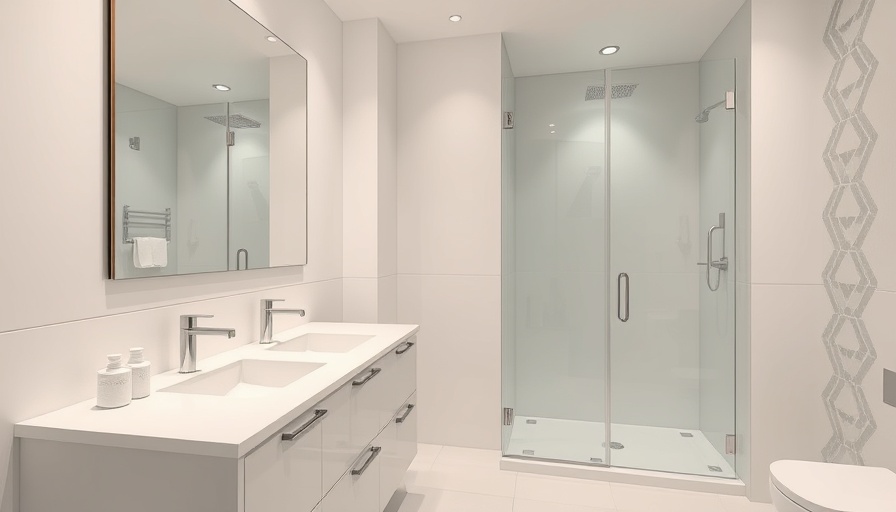
Understanding Plumbing in Kitchen and Bathroom Renovations
When you're excitedly planning to remodel your kitchen or bathroom, amidst choosing the perfect tiles and modern cabinets, remember there's a crucial element underneath—the plumbing system. This often-overlooked part is vital to the success of your renovation project and can save you from costly surprises down the line.
Planning is Key
The first step in any renovation is careful planning. Before knocking down walls or removing fixtures, take time to assess your current plumbing setup. Are you moving a sink or adding additional features like a pot filler? These changes mean adjustments to water supply lines and drainage pipes, which are not DIY-friendly. Partnering with a licensed plumber can help you avoid headaches, especially if your home has older plumbing materials.
Permits and Plumbing Improvements
Many plumbing renovations require permits to comply with local building codes. Don't skip this step, as it ensures safety and quality in your work. Plus, consider upgrading your plumbing fixtures during the renovation—tankless water heaters, touchless faucets, and water filtration systems can enhance both efficiency and value of your home.
Rough-in Phase: The Plumbing Behind the Walls
Once the demolition phase wraps up, it’s time for rough-in plumbing. This is where your plumber installs hidden plumbing components. In kitchens, this may include water lines for your sink and dishwasher, while bathrooms require careful planning of water supply lines and drainage to ensure proper function.
Fixture Selection Matters!
Your choice of fixtures can significantly impact your plumbing design. Some modern sinks or faucets may demand different configurations or higher water pressure. This is where early selection helps, as sharing specs with your plumber prepares them for a smooth installation.
Temporary Disruptions to Expect
As renovations begin, anticipate some disruptions, especially water shutoffs. Plumbers often need to temporarily cut water access to various fixtures. To minimize inconveniences, coordinate with your contractor to schedule these during off-peak hours, ensuring you have enough water stored for essential uses.
Final Touches: Finish Plumbing
After your beautiful new cabinetry and tile are in place, it’s time for finish plumbing. This is when your plumber reconnects all visible fixtures. It’s the exciting phase that brings your dream kitchen or bathroom to life!
By understanding these essential plumbing steps, you can ensure a smooth and successful renovation. Remember, it’s all about clarity and communication with your plumber!
 Add Row
Add Row  Add
Add 




Write A Comment